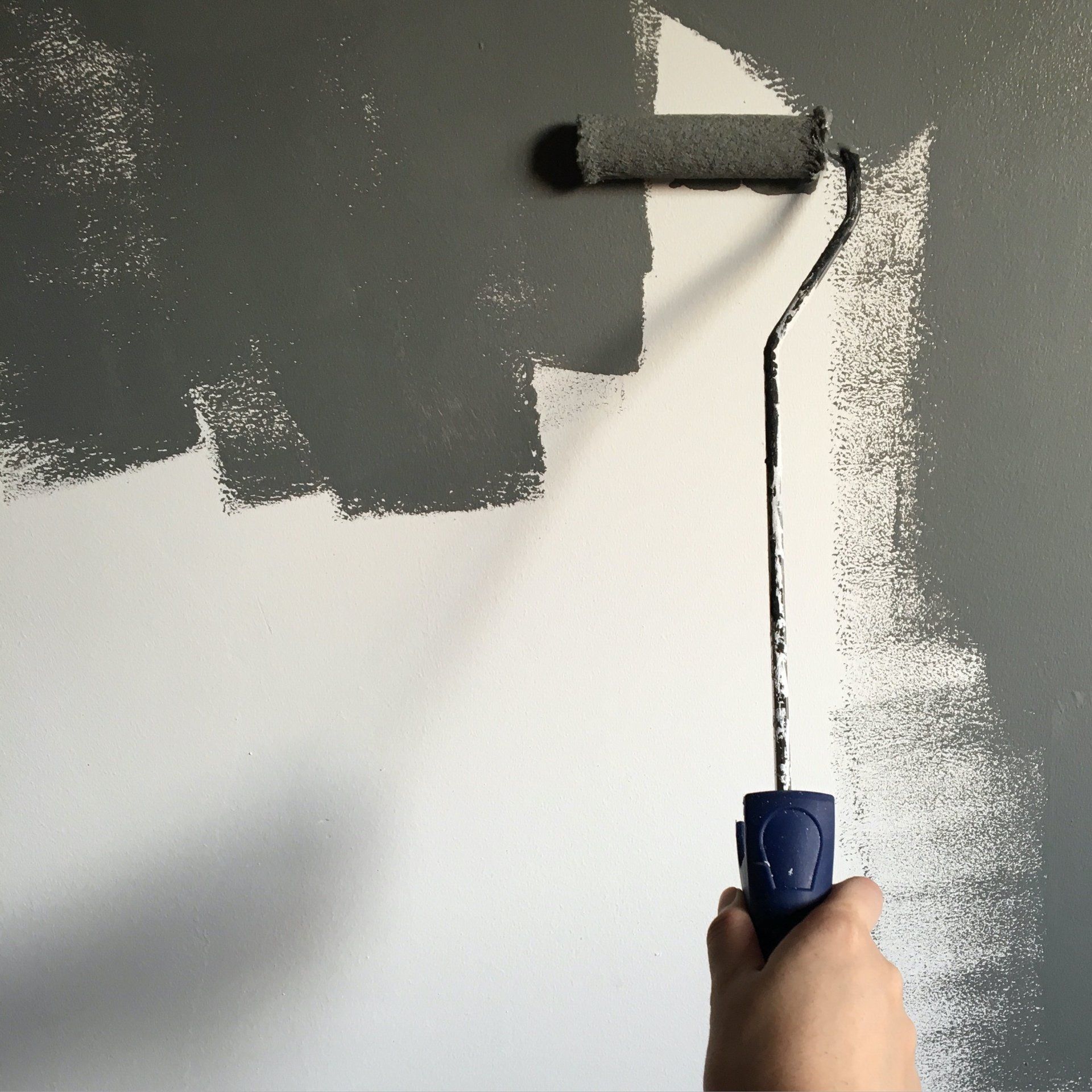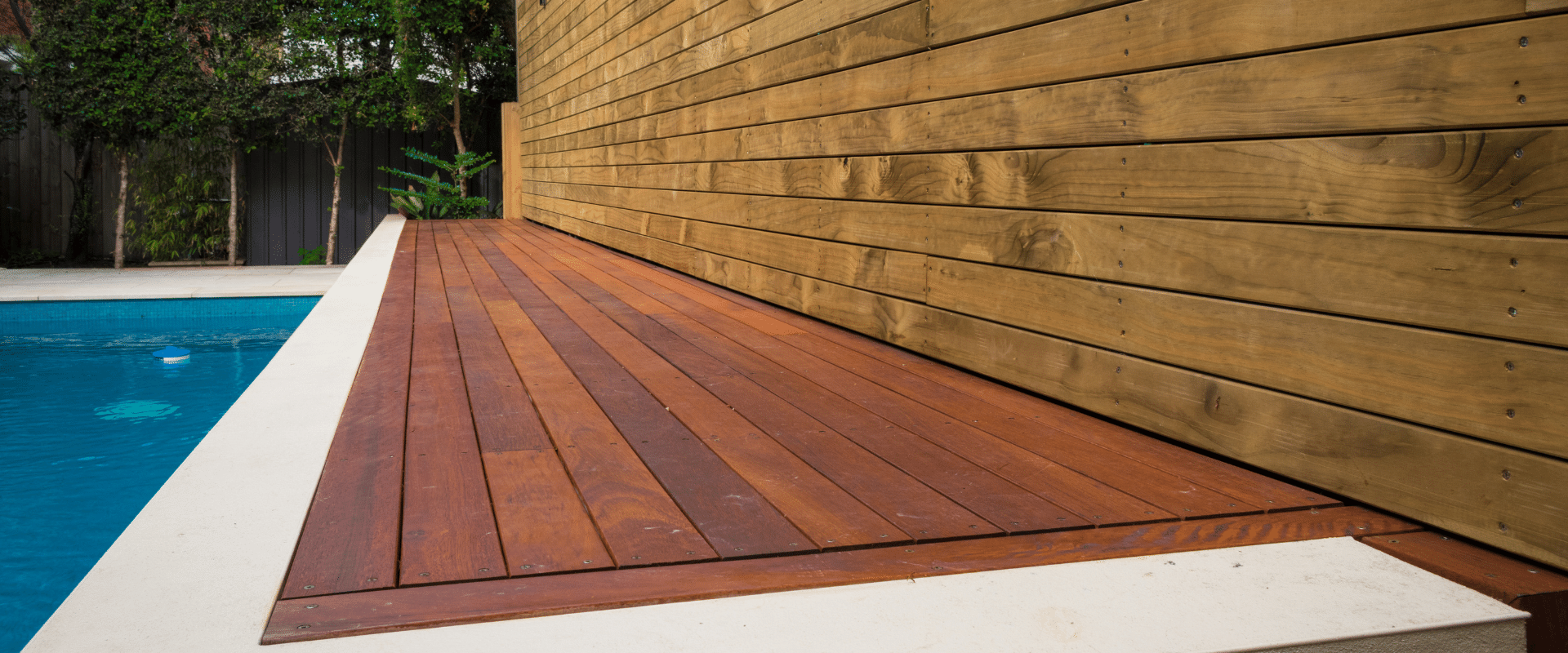Wallpaper Installation
NEED WALLPAPER?
Wallpaper Installation
Are you looking for a wallpapering expert in Newcastle?
We're Painting Newcastle and we can show you how wallpaper can significantly improve your home.
Our highly experienced and trained team of interior painters and decorators will advise you on that special wallpaper project.
We are very serious about our training and we ensure all our teams are consistent with our goal to provide the highest level of client service.
Our health and safety standards ensure all our work is carried out efficiently and safely.
Wallpaper Removal
At Painters Newcastle you can trust us completely.
Wallpaper removal is essential before painting or wallpapering can take place. We use only specific chemicals or more commonly wallpaper removal is done by steaming.
Whether you are wallpapering your bedroom, painting your kitchen, your bathroom or repainting your complete home we are ready.
Call us on 0438 248 833 for a free quote.
We'll send a professional to your home right away.
Popular Wallpaper Questions
IS WALLPAPER CHEAPER THAN PAINT?
When considering the cost-effectiveness of wallpaper versus paint for interior walls, several factors come into play.
Initially, interior wall paints typically appear to be cheaper than wallpaper. The upfront cost of paint per litre and the coverage it provides often make it a more budget-friendly option for large areas. However, there are additional aspects to consider when comparing the overall costs.
Initial Costs:
Paint: The cost of paint varies depending on the quality, finish, and brand. Generally, a litre of paint can cover approximately 30 square metres. While the initial cost of paint might seem low, you also need to account for the cost of primer, brushes, rollers, drop cloths, and other materials required for the painting process.
Wallpaper: Wallpapers come in a wide range of prices, influenced by the material, design, and brand. High-quality or designer wallpaper can be significantly more expensive per roll. Additionally, you'll need to consider the costs of adhesive, tools, and other materials needed for application.
Labour Costs:
Paint: Painting can be a DIY project, which might save on labour costs. However, for professional results, especially over large areas or with complex surface conditions, hiring professionals is often recommended. The cost will vary based on the size of the space and the complexity of the job.
Wallpaper: Applying wallpaper can be more complex and time-consuming than painting, particularly if the wallpaper has intricate patterns that require matching. Professional installation is typically recommended to achieve the best results, which can add to the overall cost.
Durability and Maintenance:
Paint: High-quality paint can last for several years, but it may require touch-ups due to wear and tear, especially in high-traffic areas. Matte finishes, while popular, can show marks more easily and may be harder to clean than glossier finishes.
Wallpaper: Modern wallpapers can last for 10 to 15 years or more, significantly longer than most paint jobs. They can be more durable and wipeable, depending on the finish. However, repairing wallpaper can be more complicated than touching up paint.
Aesthetic and Longevity:
Paint: Offers a wide range of colours and finishes, allowing for easy customisation. However, trends change, and you might want to repaint more frequently to update the look of your home.
Wallpaper: Provides a variety of textures, patterns, and colours that paint cannot replicate. It can also add character and depth to a room. If properly maintained, wallpaper can last significantly longer than a paint job, which might justify the initial higher cost for some homeowners.
Overall Cost-effectiveness:
While the initial investment in wallpaper might be higher than paint, its longevity and durability could make it a more cost-effective solution in the long run, especially in rooms that don't require frequent updates. However, for those who enjoy changing the aesthetics of their home regularly or are working with a tighter budget, paint might be the more economical choice.
Ultimately, whether wallpaper or paint is cheaper depends on various factors, including the quality of materials chosen, the size of the area to be covered, labour costs, and how often you plan to update the look.
It's important to consider both the upfront costs and the long-term value when making your decision.
IS WALLPAPER WASHABLE?
The washability of wallpaper is an important consideration, especially for areas exposed to moisture, dirt, and frequent handling, such as bathrooms, kitchens, and high-traffic areas.
Modern wallpapers have evolved significantly in terms of materials and durability, leading to a wide variety of options that can withstand cleaning and moisture.
Types of Washable Wallpapers:
Solid Vinyl Wallpaper: This type is made entirely of vinyl, which makes it highly resistant to moisture and steam, making it an ideal choice for bathrooms and kitchens. Solid vinyl wallpaper is very durable and can be scrubbed, making it suitable for areas that require frequent cleaning.
Vinyl Coated Wallpaper: This type consists of a paper base coated with a thin layer of vinyl. While not as impervious to moisture as solid vinyl, vinyl-coated wallpapers are still resistant to water and can be cleaned with a damp cloth. They are more breathable than solid vinyl, making them a suitable option for living areas as well as bathrooms and kitchens.
Non-Woven Wallpaper: Made from a blend of natural and synthetic fibres, non-woven wallpapers are breathable, making them resistant to mould and mildew. They can be wiped clean with a damp cloth and are easier to remove than traditional wallpapers, making them a popular choice for many homeowners.
Cleaning and Maintenance:
When cleaning washable wallpaper, it's essential to follow the manufacturer's instructions to avoid damaging the material.
Generally, you can clean washable wallpaper using the following steps:
Dusting: Use a soft brush or a vacuum cleaner with a brush attachment to remove dust and loose dirt from the surface of the wallpaper.
Spot Cleaning: For light stains, a damp cloth can be used to gently wipe the area. For more stubborn stains, a mild detergent diluted in water can be applied with a sponge or cloth. Avoid using abrasive cleaners or scrubbing too hard, as this can damage the wallpaper's surface.
Drying: After cleaning, gently pat the area dry with a soft, dry cloth. Avoid leaving moisture on the wallpaper to prevent any potential water damage.
Precautions and Considerations:
Always test a small, inconspicuous area first before cleaning the entire wall to ensure that the wallpaper reacts well to the cleaning method.
Be cautious when using water or cleaning solutions, especially on wallpapers that are only water-resistant and not waterproof.
Consider the room's humidity and ventilation when selecting wallpaper, especially for bathrooms and kitchens, to ensure longevity and prevent mould growth.
Almost all modern wallpapers are designed to be washable to some extent, with variations in their resistance to moisture and cleaning methods depending on the material. When choosing wallpaper for areas that require frequent cleaning or are exposed to moisture, opt for solid vinyl, vinyl-coated, or non-woven types for the best durability and ease of maintenance. Always follow the manufacturer's cleaning guidelines to maintain the appearance and longevity of your wallpaper.
IS PEEL AND STICK WALLPAPER ANY GOOD?
Peel and stick wallpaper has become increasingly popular due to its convenience and flexibility, making it an attractive option for both temporary and semi-permanent applications.
Here are some aspects to consider when evaluating the suitability and quality of peel and stick wallpaper:
Advantages:
Ease of Application: Peel and stick wallpaper is designed for easy application, making it a great DIY project. You simply peel off the backing and stick the wallpaper directly to the wall. This process eliminates the need for messy adhesives or pastes, making installation clean and straightforward.
Removability: One of the key benefits of peel and stick wallpaper is its removability. It is ideal for renters, temporary housing, or anyone who likes to change decor frequently. When removed correctly, it should not damage the underlying surface or leave any sticky residue, preserving the integrity of the original wall.
Durability: While not as permanent as traditional wallpaper, high-quality peel and stick wallpapers are still quite durable. They are often made of vinyl or a vinyl-coated material, making them resistant to moisture and easier to clean than some traditional wallpapers.
Versatility: Peel and stick wallpapers come in a vast array of designs, colours, and textures. This variety allows for great flexibility in decorating and can be used to create accent walls, decorate furniture, or even apply to ceilings and other surfaces.
Cost-Effectiveness: For those who enjoy frequent redecoration, peel and stick wallpaper can be a cost-effective solution. Since it's easy to install and remove, you can change your decor without the need for professional installation or removal services.
Disadvantages:
Surface Preparation: For the best results, walls need to be smooth, clean, and properly primed before application. Peel and stick wallpaper may not adhere well to textured walls or surfaces with imperfections.
Durability Concerns: While generally durable, peel and stick wallpaper might not withstand extreme conditions or heavy wear as well as traditional wallpapers. It can be more susceptible to peeling corners or edges over time, especially in high humidity areas.
Cost Variation: While peel and stick wallpaper can be cost-effective, high-quality options can be pricey. The cost can be comparable to traditional wallpaper, especially for premium designs or textures.
Application Learning Curve: Although easier to apply than traditional wallpaper, achieving a perfect application without air bubbles or misalignments can still require practice and patience, especially for larger areas.
Not Suitable for All Surfaces: Peel and stick wallpaper may not adhere properly to certain surfaces, such as brick, stone, or textured plaster. The effectiveness of the adhesive can also be compromised by dust, dirt, or grease.
Peel and stick wallpaper offers a convenient and versatile option for those who redecorate often or live in non-permanent housing.
It allows for creative expression without the long-term commitment or the need for professional installation. However, its suitability depends on the specific conditions of the space, the quality of the wallpaper, and the preparation of the surface.
By weighing these factors, you can determine if peel and stick wallpaper is a good choice for your decorating needs.
WHAT WALLPAPER IS CURRENTLY POPULAR?
The current wallpaper trends reflect a shift towards warmer, more earthy tones, moving away from the cooler shades that have dominated interior design in recent years.
This change is part of a broader movement towards creating more comforting, nurturing spaces within the home.
Here's a breakdown of the current trends in wallpaper:
Warm and Earthy Tones: There's a strong inclination towards colours that evoke a sense of comfort and grounding. Corals, terracottas, and sage greens are especially popular, providing a soft yet vibrant backdrop to any room. These colours are often complemented by warm greys, which offer neutrality while still adding depth and warmth to the space.
Rich and Deep Hues: Browns, mustards, golds, and certain red tones are also making a significant comeback. These colors add a rich, luxurious feel to interiors and work well with a variety of decor styles, from modern to traditional. They are often used to create a focal point or to add a sense of drama and sophistication to a room.
Nature-Inspired Patterns: Aside colour trends, there's a growing interest in nature-inspired designs. Wallpaper featuring botanical patterns, floral motifs, and landscape scenes is increasingly popular, reflecting a desire to bring the tranquility and beauty of the outdoors inside. These designs often incorporate the trending warm and earthy tones, further enhancing the feeling of comfort and connection to nature.
Texture and Material Imitation: Wallpapers that mimic natural materials such as wood, stone, and fabric add depth and interest to walls without the need for actual structural changes. Textured wallpapers, including those with a tactile surface, add a layer of richness and coziness to interiors, making rooms feel more inviting.
Metallic Accents: Metallic finishes in gold, bronze, and copper are being used to add a touch of glamour and warmth to spaces. These are often featured in geometric patterns, lines, or as highlights within traditional motifs, providing a modern twist on classic designs.
Geometric and Abstract Patterns: Geometric and abstract patterns continue to be popular, especially when they incorporate the current colour trends. These designs can range from subtle, monochromatic patterns to bold, contrasting prints, allowing for a high degree of personalisation in decor.
Sustainable and Eco-Friendly Options: There is an increasing demand for wallpapers that are environmentally friendly, made from sustainable materials, and produced using eco-conscious processes. This aligns with the broader trend towards sustainability in interior design.
Vintage and Retro Revival: Vintage and retro designs are experiencing a resurgence, particularly those from the '70s and '80s that feature bold patterns and rich colours. This nostalgia-driven trend complements the current colour palette and adds a unique character to modern interiors.
Incorporating these trends into your home can refresh and rejuvenate your living spaces.
Whether you prefer the subtlety of warm neutrals or the boldness of rich, deep hues, the current trends offer a variety of options to suit different tastes and styles.
By choosing wallpaper that resonates with these trends, you can create a contemporary and stylish home environment.
HOW LONG WILL WALLPAPER LAST?
The longevity of wallpaper significantly depends on its quality, the conditions of the environment where it's applied, and the precision during installation.
High-quality wallpaper, when properly installed and maintained, can indeed last up to 15 years or even longer, making it a cost-effective and durable option for room decoration.
Factors Influencing Wallpaper Longevity:
Quality of Wallpaper: The material and manufacturing quality of the wallpaper are crucial factors.
Vinyl wallpapers, for instance, are known for their durability and resistance to moisture and light, making them suitable for various environments, including kitchens and bathrooms.
Environmental Conditions: The lifespan of wallpaper is also influenced by the conditions of the room in which it is hung.
Rooms with high humidity levels, such as bathrooms and kitchens, require wallpapers that are specifically designed to resist moisture. Similarly, areas exposed to direct sunlight might need wallpapers with UV protection to prevent fading.
Installation Quality: Proper installation by an experienced professional is key to extending the life of wallpaper. This includes correct preparation of the walls, application of appropriate adhesives, and precise alignment and smoothing of the wallpaper to avoid bubbles and peeling edges.
Maintenance and Care: Regular cleaning and maintenance can significantly extend the life of wallpaper. Washable and scrubbable wallpapers can be gently cleaned to remove dust and stains, which helps maintain their appearance and integrity over time.
Traffic and Wear: The amount of wear and tear that wallpaper is exposed to will affect its lifespan. High-traffic areas may need more durable wallpapers or more frequent replacements compared to less frequently used spaces.
Comparing Wallpaper and Paint Longevity:
While a good quality paint job can last between 5 to 10 years, wallpaper generally lasts much longer.
Paint may chip, peel, or fade, and high-traffic areas might require more frequent touch-ups or repainting. In contrast, wallpaper with a durable finish can retain its appearance and integrity for many years, making it a more cost-effective option in the long run.
Economic Considerations:
Although the initial cost of high-quality wallpaper and professional installation may be higher than painting, the long-term investment can be more economical due to the extended lifespan and reduced need for frequent updates. Additionally, the aesthetic and textural advantages of wallpaper can add value and character to your space in ways that paint cannot replicate.
When considering wallpaper for your room, opting for a high-quality product and professional installation can lead to a long-lasting, durable, and cost-effective decoration. By choosing the right wallpaper for your specific environmental conditions and maintaining it properly, you can enjoy a beautiful and enduring finish for many years, outlasting the typical lifespan of paint and thereby offering a greater return on investment.
Want To Try Wallpapering For Yourself?
Check Out This Video For Some Helpful Tips.
How It Works
1. Contact us
Contact us by telephone, email or via the contact form.
2. Tell us your needs
Describe your project and tell us your budget.
3. We'll prepare an estimate
We'll prepare a plan for you to review and approve.
4. Project starts
Once we've agreed on all the details, we'll get started.
5. On time, every time
Project ends when you're fully satisfied.




